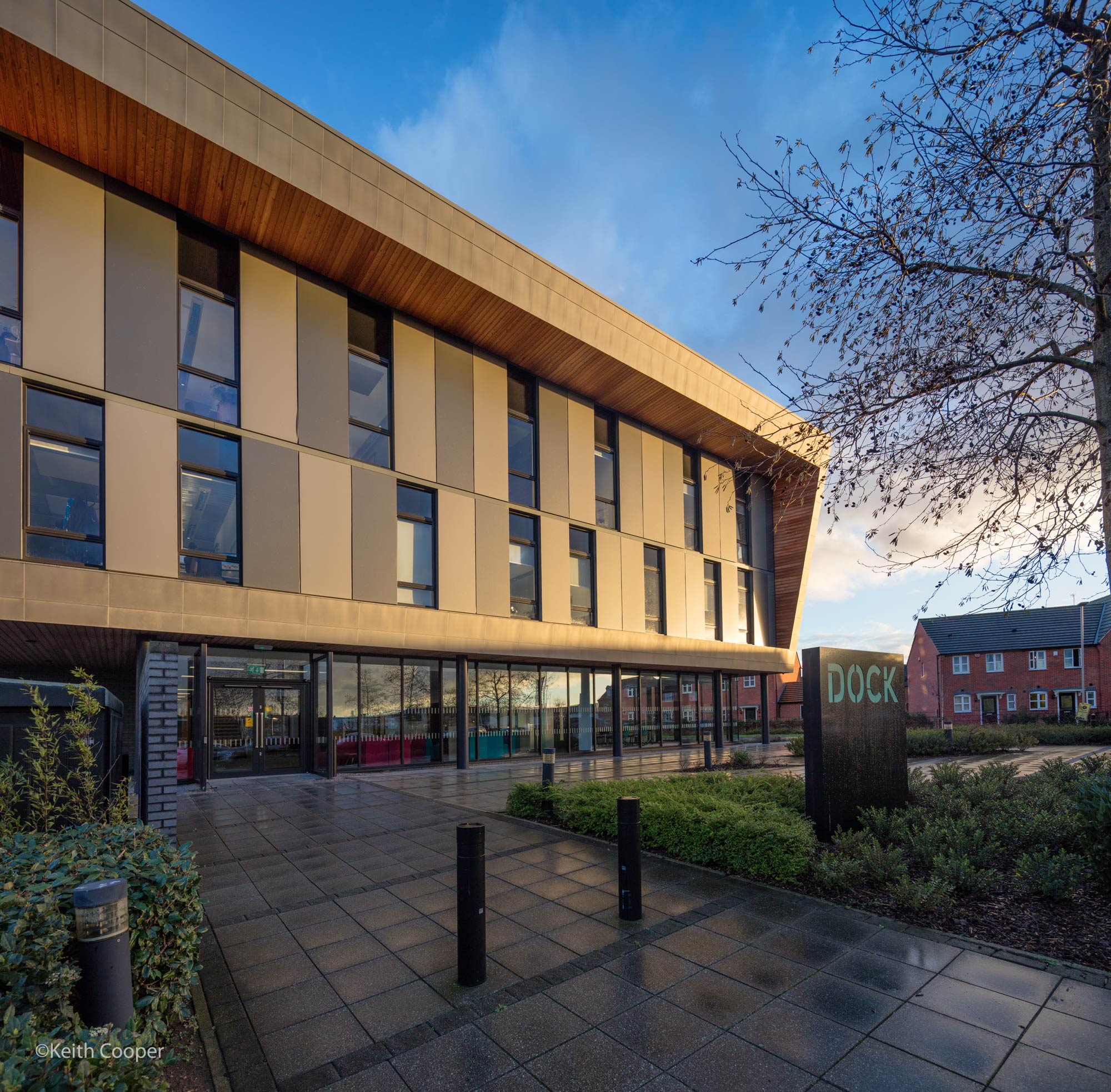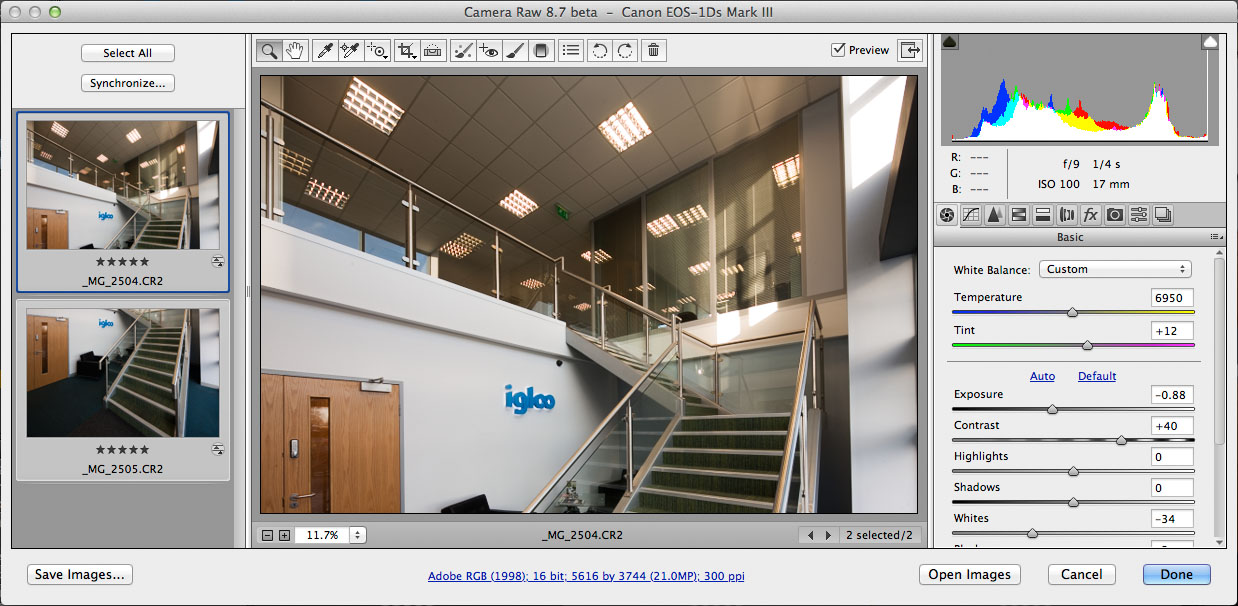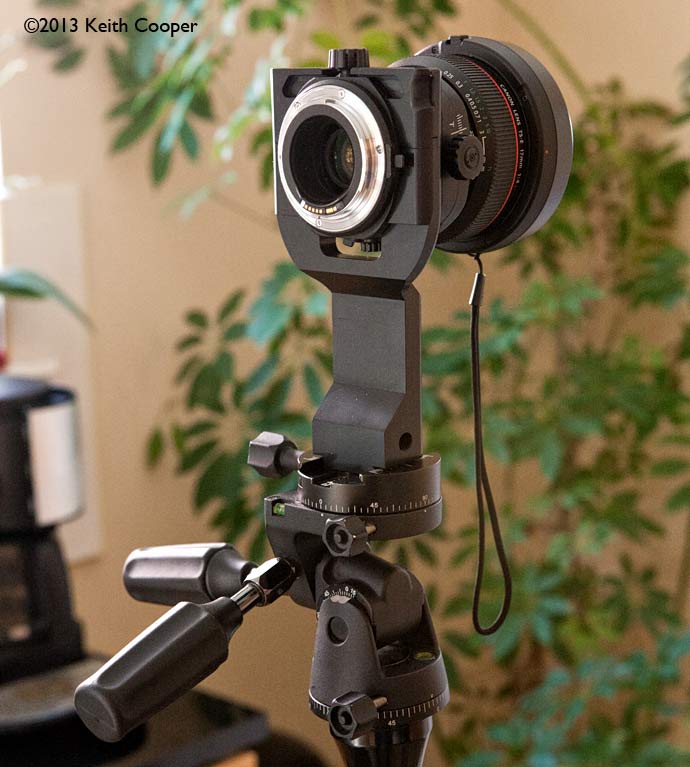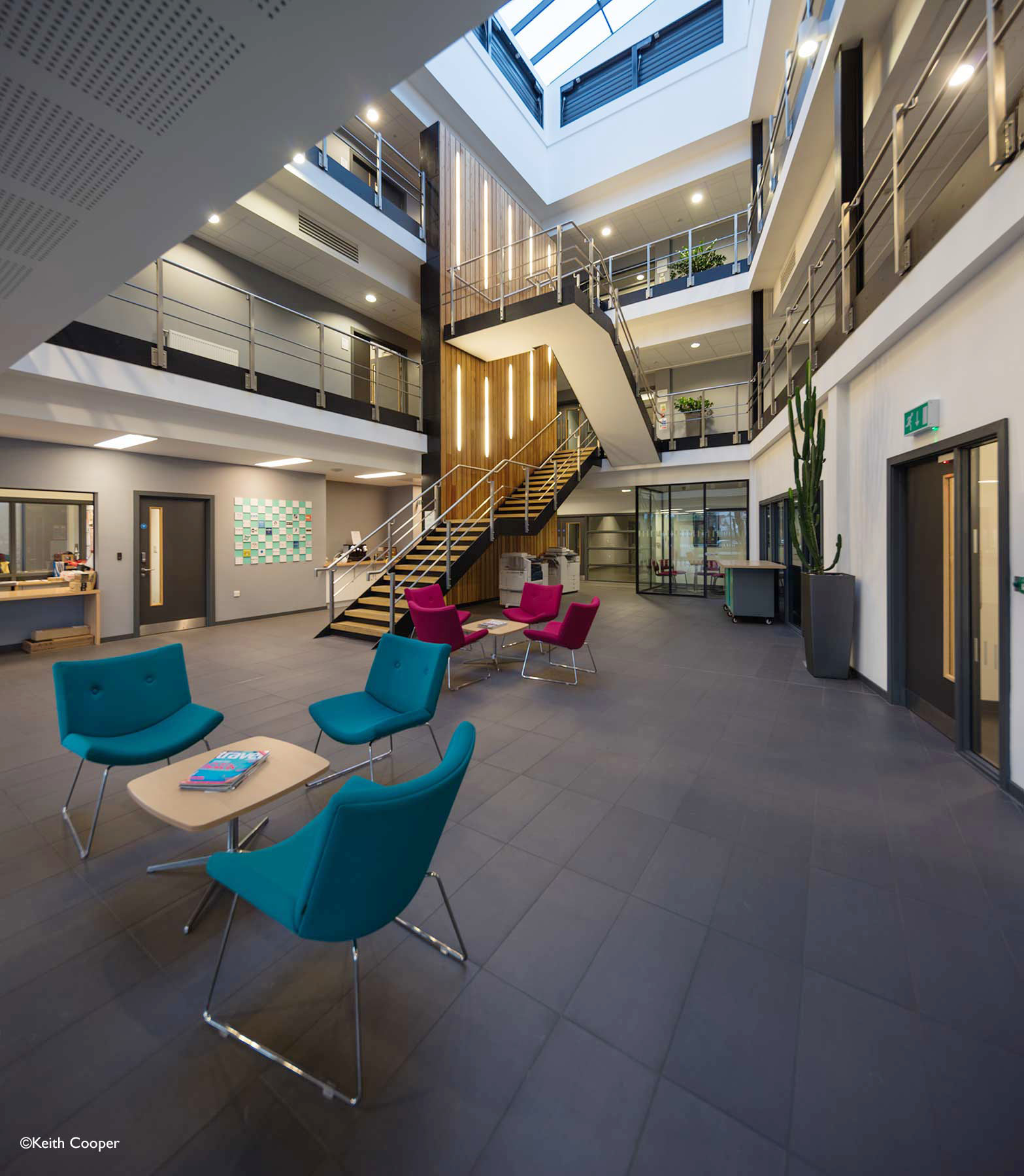A wider view – stitching offset shifted images
Stitching shifted images for wider views
Wide angle high resolution photos
Using a shift lens for wide and detailed views
When in a relatively small space, the size of the view needed can easily surpass the capabilities of any normal lens and camera setup.
A carefully chosen wide angle viewpoint can show not only the basic building structure, but show how areas interact, and the feel of the location for the people that use it.
Using a wide angle shift lens helps you stop verticals leaning inwards. The single shot below keeps the whole building in shot. but is not always wide enough.
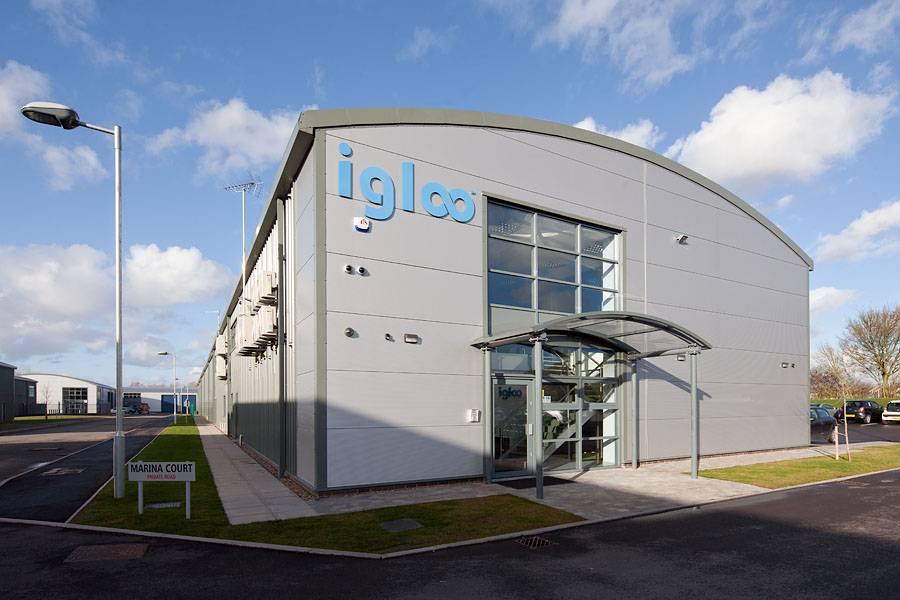
What about wider views?
You could use a fisheye lens, such as I’ve shown elsewhere, but in a location with strong vertical lines and diagonals, you often need a fully rectilinear projection. A single shot with a fisheye lens may also show too little detail if you want an image that can be used for a large print.
Combining shifted images
Fortunately it’s possible to take two photos in succession and combine them to create a larger version.
The screen shot below shows two individual views of the stairwell in a new building at a business park. The camera (which is perfectly level) doesn’t move, but the lens is shifted upwards and downwards. Note how there is a slight overlap – this enables the images to matched up to each other when stitching.
The camera source files are being processed in Photoshop, in this instance, but other RAW image processing software may give better results (in shadow detail for example). We’re always testing new technologies to get more from our photographs and expand what we can show. This is one of the reasons for the many reviews on the main Northlight Images web site.
The business units on this estate are based on a fairly basic design of building, but the entrance area is designed to be flexible enough for a number of different layouts.
In this case there is no reception area downstairs.
It’s important that the setting for processing images are identical. If not, then stitching the two together can leave obvious seams.
Images like this can benefit from a degree of post processing, but if you require such views, this element is always built into our quotation for any project.
One other advantage of the technique is that it automatically gives a higher resolution image, that can comfortably print at our largest square print size of 43″x43″ (~1100 mm). [our largest in-house print was nearly 15 metres long]
If you’ve elements of the picture that are quite close to the camera, it’s also possible to get parallax effects that cause stitching errors.
Ideally it’s the camera back you want to move, not the front of the lens.
A special lens mount is one way of dealing with such problems.
This one is covered in more detail in a technical review on Northlight Images.
A newer type of TSE-Frame for stitching is reviewed in an article with a lot of sample interior photos.
This view of the Dock in Leicester is stitched from two shots with the TS-E17mm lens
The location below was available for us to visit in late winter, giving a fairly low sun angle and needing some care with exposure, so as not to burn out the light from the sky.
Blue skies (even pale winter ones) can make a real difference, particularly with external shots of grey structures like these buildings.
The stitching technique works well for wide landscape views as well.
This view of the reed beds alongside the River Alde at Snape, in Suffolk, was taken on a cold March day, just before it started snowing.
Learn more about Keith’s expertise in wide angle, high resolution panoramic photography.



